A reference model corresponds to reference architecture. There are several reference architectures for IoT. Each view consists of a particular set of distinct properties of the elements, such as layers, domains, or service capabilities.
Following are the suggestions and recommendations of the international organizations for architecture views as the layers/domains:
| Organisation | Proposed Architecture |
| Internet Engineering Task Force (IETF) | Suggested the specifications for the layers, and the engineering aspects of comm., networks, and applications for the IoT |
| International Telecommunication Union (ITU-T) | Suggested a reference model for IoT domain, network, and transport capabilities for the IoT services and the applications |
| European Telecommunications Standards Institute (ETSI) | Proposed high-level architecture for applications and service capabilities |
| Open Geospatial Consortium (OGC) | Suggested an open standard for the sensor discovery, capabilities, quality and other aspects |
| IEEE | Worked on a set of guidelines for the standard IoT architectural frameworks |
Contents
Architectural layers view in IETF model
IETF modified the seven layer OSI model into six layers and is shown in the figure below.
An example of layer 5, Application Support layer protocol is CoAP (Constrained Application Protocol). CoAP uses request/response communication between the entities in the network.
Layer 5 also includes processes for data managing, acquiring, organizing, and analysing functionality which are needed by layer 6.
Layer 2 in the new model is the Data Adaptation layer. Layer 2 device is a gateway which enables the communication between the devices in the network.
Architectural layers view in ITU-T reference model
The ITU-T reference model is shown in the figure below.
We can compare the ITU-T reference model with IETF model as follows:
- Device layer capabilities are similar to data adaptation layer and physical-data link layer capabilities.
- Network layer capabilities are similar to network and transport layer capabilities.
- Service and Application-Support layer capabilities are similar to Application-Support layer capabilities.
- Application layer capabilities are the same in both models.
Architectural domain view in ETSI M2M reference model
The ETSI two-domain reference model is shown in the figure below.
The expanded three-domain ETSI reference model is shown in the figure below:
Design principles
The basic architectural design principles for an IoT system are:
- Open source
- Reuse of resources across application domains, and across wide range of applications
- Support services that have open service-oriented capabilities
- Different abstraction levels which hide the underlying complexities and heterogeneities
- Sensors and actuators taking different roles of providing the services across different business domains and value chains
- Design for ensuring the privacy, security, and trusted real-world services
- Scalability, performance, and effectiveness
- Evolvability, heterogeneity, and simple integration
- Simplicity of management
- Design of different service delivery models
- Life cycle support
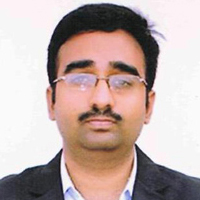
Suryateja Pericherla, at present is a Research Scholar (full-time Ph.D.) in the Dept. of Computer Science & Systems Engineering at Andhra University, Visakhapatnam. Previously worked as an Associate Professor in the Dept. of CSE at Vishnu Institute of Technology, India.
He has 11+ years of teaching experience and is an individual researcher whose research interests are Cloud Computing, Internet of Things, Computer Security, Network Security and Blockchain.
He is a member of professional societies like IEEE, ACM, CSI and ISCA. He published several research papers which are indexed by SCIE, WoS, Scopus, Springer and others.

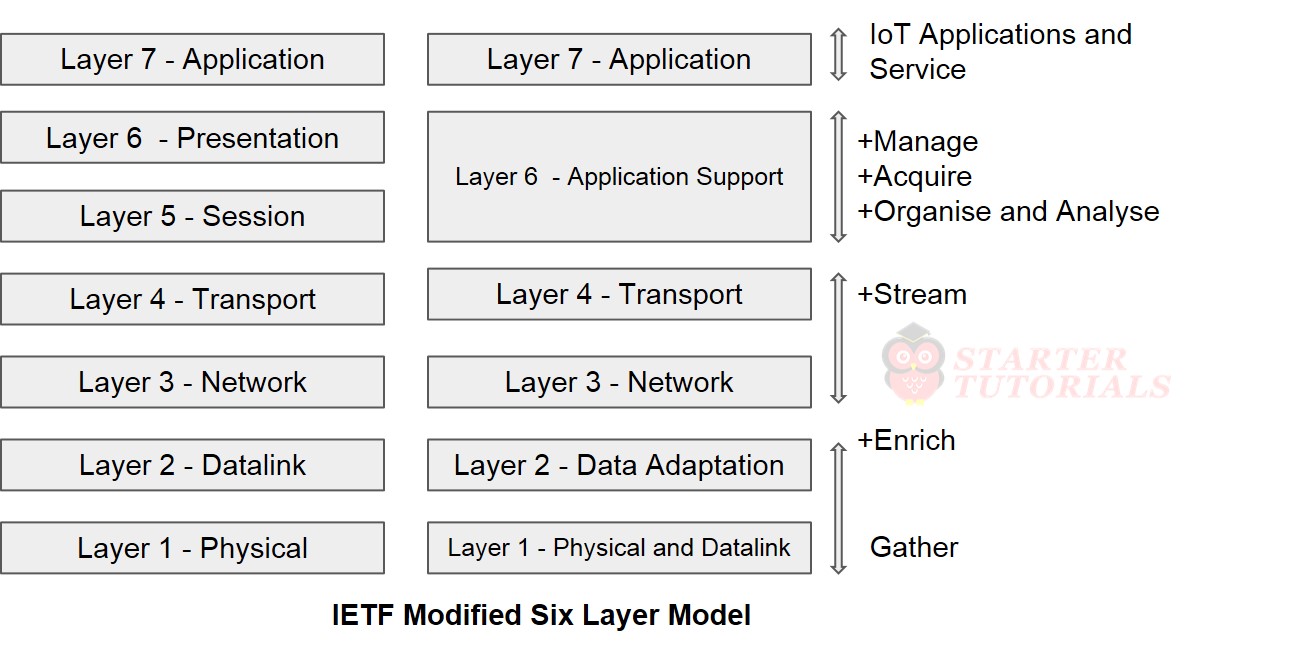
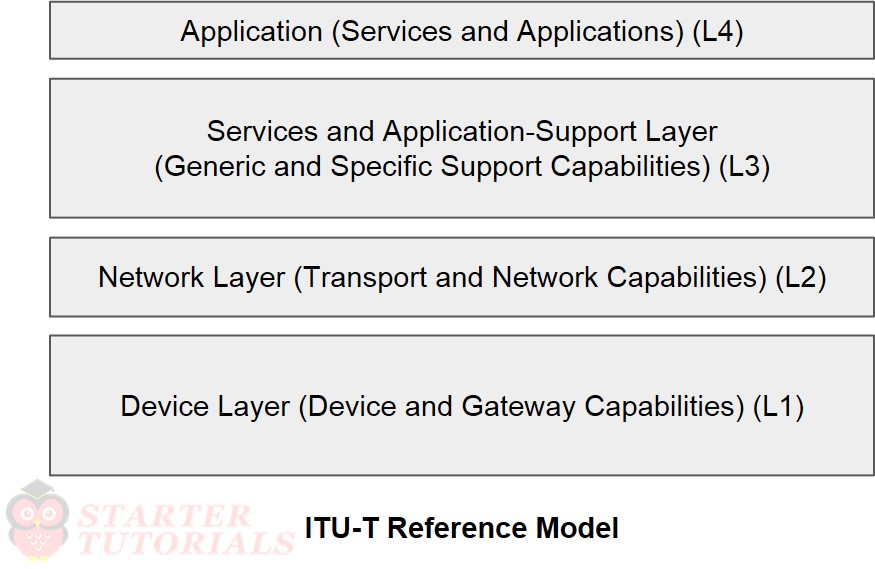
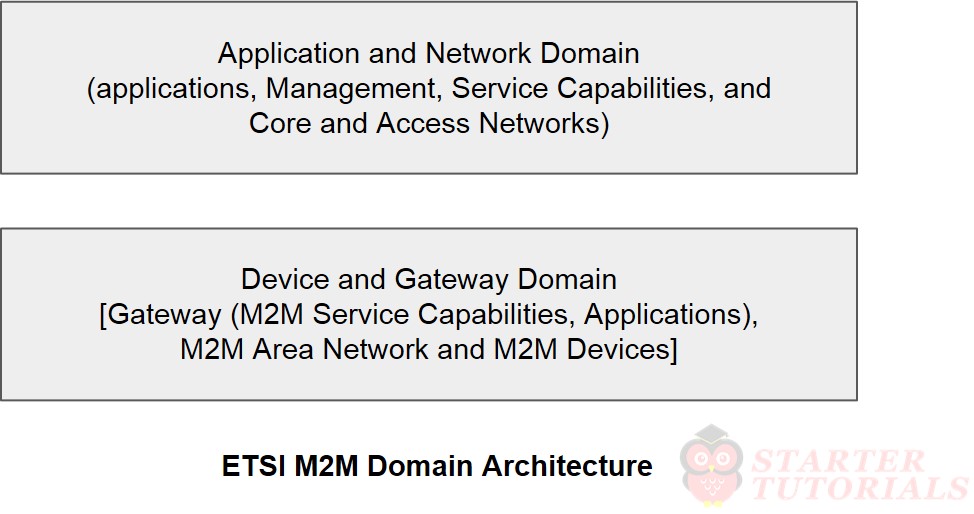
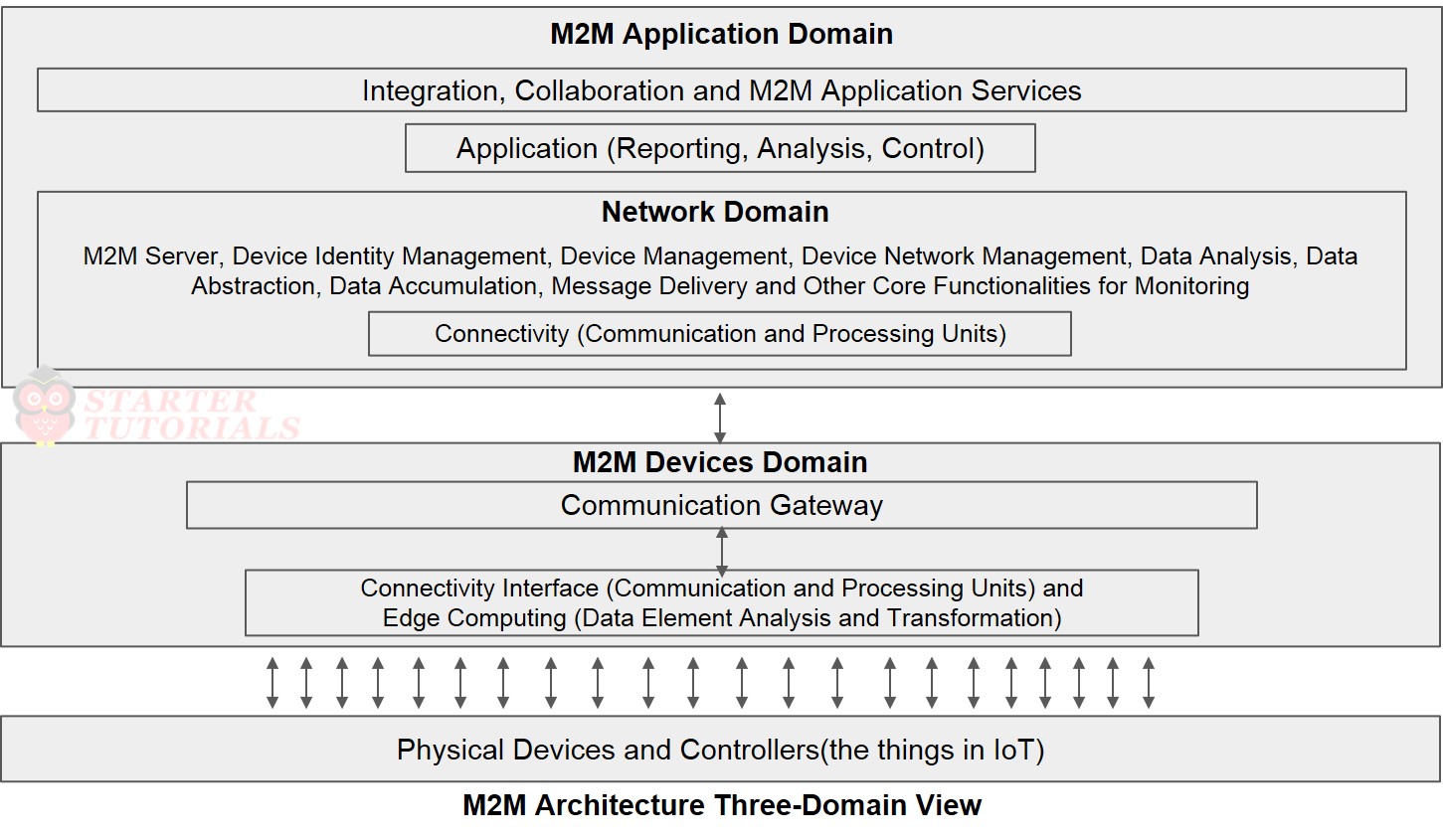
Leave a Reply